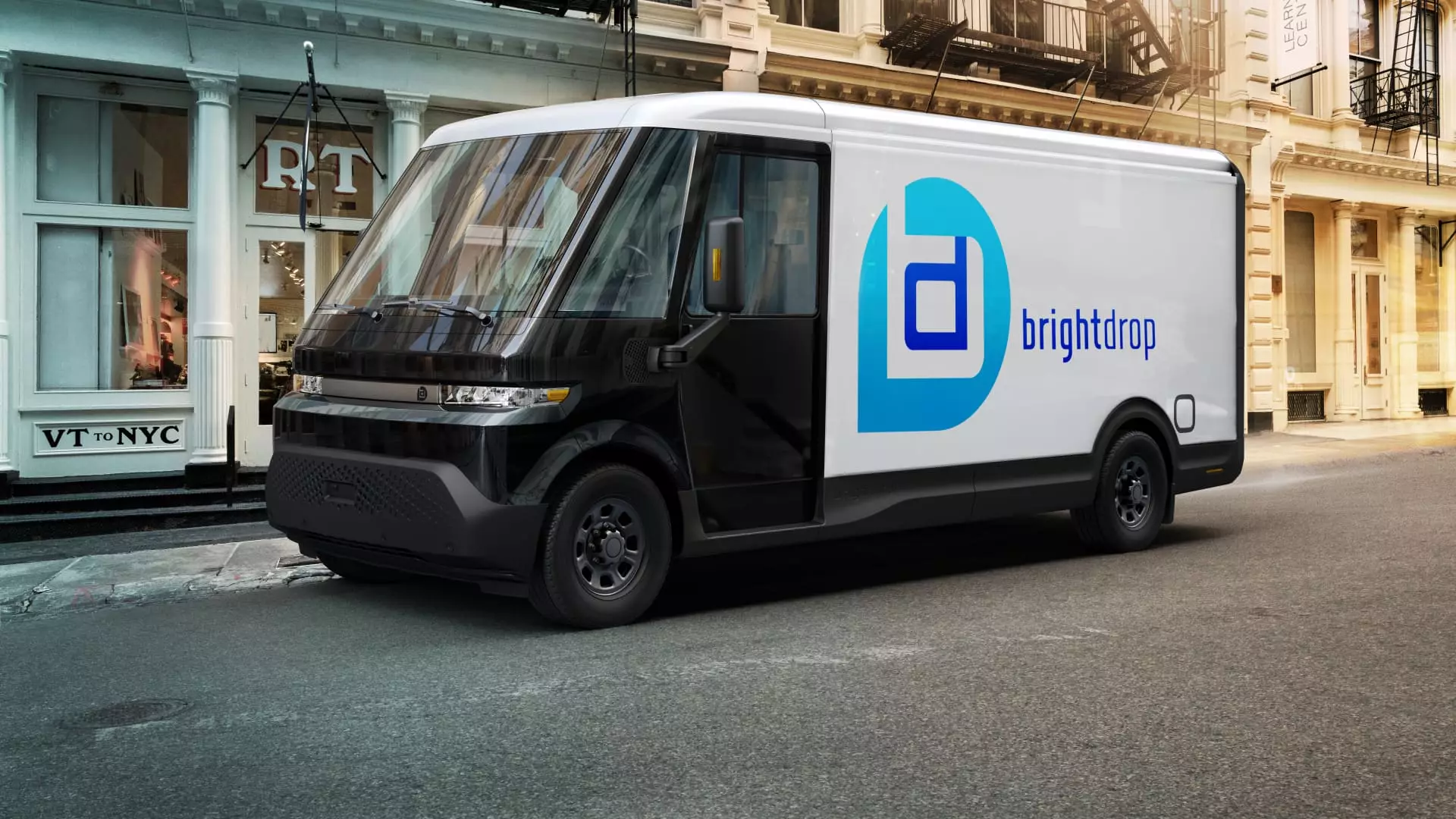In an unsettling twist for General Motors, once hailed as a beacon of innovation in the electric vehicle (EV) sector, the company now faces the stark reality of cutting production at its BrightDrop delivery van facility in Canada. The decision to idle the CAMI assembly plant for nearly half the year raises pressing questions about GM’s ability to navigate the rapidly changing landscape of electric mobility. With 500 employees facing job loss, the situation feels not merely like a response to market demand but more like a symptom of deeper mismanagement. Is this a reflection of GM’s poor forecasting, or is the auto giant simply a victim of external commercial pressures?
Promises Unkept: The Reality of BrightDrop
When GM launched BrightDrop in 2021 as a subsidiary focused on electric logistics, many viewed it as a pivotal move toward a sustainable future. The ambitious goal of generating $1 billion in revenue by 2023 portrayed a narrative of forward-thinking and aggressive market capture. However, the sales figures tell a different story. With just about 2,000 vans sold in 2023-2024, it’s indisputable that GM has fallen short of expectations. The irony lies in the fact that these vans, initially set to revolutionize delivery services, are now parked and collecting dust in storage lots, a visual testament to an EV dream deferred.
The Role of Unions and Worker Advocacy
Unifor, the union representing the affected workers, has described these job cuts as a “crushing blow” to families in Ingersoll, Ontario. As representatives of the workforce, unions play a critical role in advocating for employees during such tumultuous times. Lana Payne, Unifor’s president, highlights not only the emotional toll of job losses but challenges GM to do more to support Canadian workers. Her insistence on government intervention underscores the reality that the auto industry, particularly the emergent EV market, could benefit from stronger domestic support. As Canada strives to lead in sustainable practices, the question arises: how can the government step in to protect communities who have invested their livelihoods in a faltering industry?
The Political Landscape: A Barrier to Progress
At the heart of GM’s struggles are the lingering effects of previous U.S. tariffs imposed during the Trump administration. Payne aptly points out how these policies have contributed to market instability and inhibited investment in EV technology. This has created a paradox where a country advocating for eco-friendly initiatives paradoxically undermines its own automotive sector with shortsighted political decisions. For those caught in the churn of corporate decision-making, the resulting job losses are not just statistics; they represent actual families grappling with an uncertain future.
In a world where ambitious sustainability goals clash with market realities, GM’s decision to decrease production at BrightDrop provides a sobering lesson. It reflects the intricate web of economic trends, corporate accountability, and the relentless pursuit of profit, versus the pressing necessity to innovate responsibly and stay attuned to worker welfare. As the EV landscape continues to evolve, the stakes have never been higher—not just for GM, but for the entire automotive industry and the communities that rely on it.

Leave a Reply